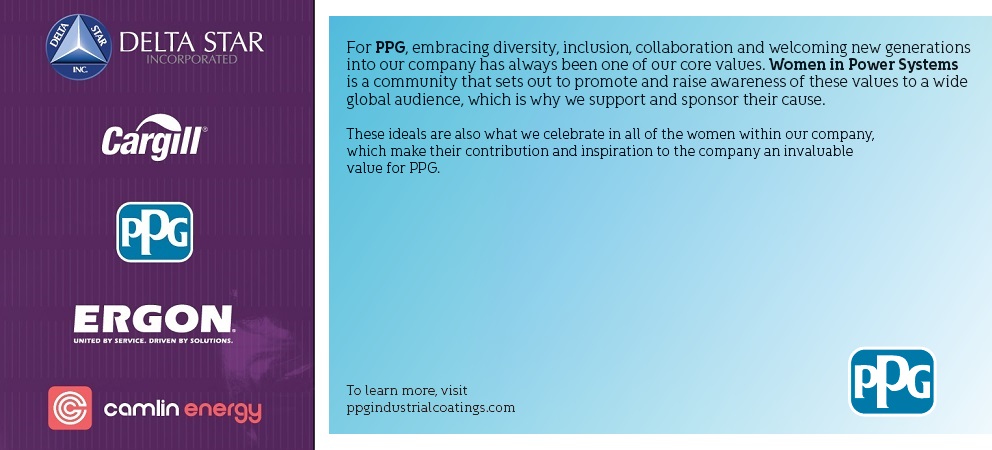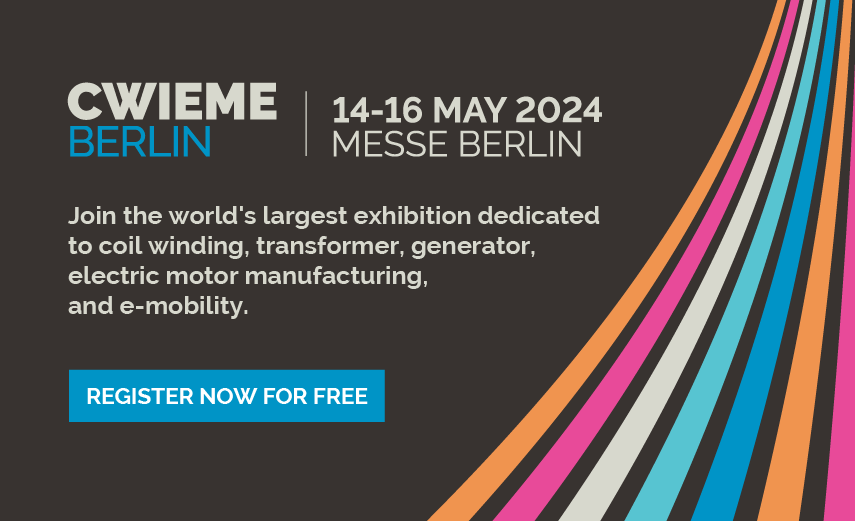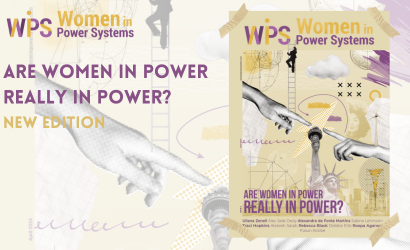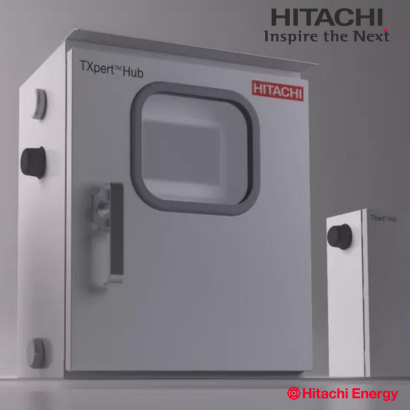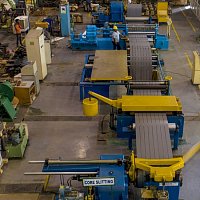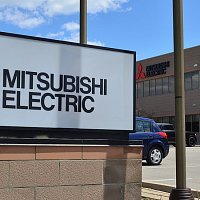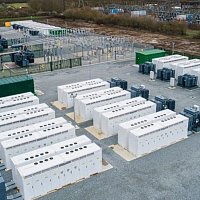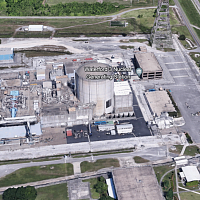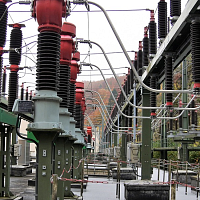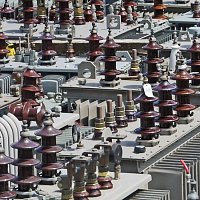
To read this article in the magazine, click here.
In this interview supporting the launch of the new APC Media community - Women in Power Systems - we talked to one of the great women in the transformer industry, an electrical equipment manufacturing expert, Maria Lamorey. With over 20 years of experience in the industry, Maria is a member of the IEEE Transformers Committee and has been an industrial coatings expert with PPG for six years.
What attracted me to PPG was its long and proud history of providing coatings to the electrical market. PPG was looking for someone to really work on building the right product platform and continue to penetrate that market and it was a great opportunity for me.
Alan Ross
One of the things I liked about getting to know Maria is that she is a problem solver. In this interview, we are going to talk about a problem that is bigger in the industry than most people realize. I have seen the problem before, but I thought the solution was way too complicated. PPG has come up with a very unique solution to that. Maria, please talk a little bit about your history and your background with PPG.
Maria Lamorey
I have been in manufacturing roughly 20 years, working for a variety of companies. Just before PPG, I spent almost a decade in the electrical equipment industry. What attracted me to PPG the most was the fact that they had been servicing the electrical market in coatings a long time but were looking to expand and grow more within that market. They wanted someone with knowledge of the regulations, of the equipment and the equipment design to really work to build the right product platform and continue to penetrate that market. I have been with them for six years now and am excited about being here.
AR
Corrosion in the electrical asset market is a bigger problem than most people realize. People try to wall it off, put it in a room, put air conditioning in the room and keep corrosion out. But the PPG methodology is to keep it out in a different way. Tell us a little bit about what you are trying to do and how PPG enables you to work in innovation.
ML
One of my big passions, especially as I consider the electrical industry and the equipment involved, is that often we turn on switches and plug in devices, taking that for granted. We don't think about all the products in the field that have to live a long life in a harsh environment. Manufacturers of those products have so many things to consider as far as controls and connections are concerned.
But when it comes to the coating, it can become the afterthought. One of my visions, and PPG visions, is to really innovate products and provide solutions that are easy for our customers to use to solve the corrosion issues, while allowing those products to live a long life outdoors in harsh environments.
AR
You just mentioned the alignment between having a personal career vision and a company that allows you to live it out within their commercial market. You also touched on the point of the problem in the marketplace. Where do you see the problem the most?
ML
We see problems on two kinds of products – the transformer and the switchgear, and they go almost hand in hand in many ways. We see a lot of issues with edge corrosion. Sharp edges are really the Achilles heel in the equipment design. They are created in the metal fabrication or the substrate stage. When you coat the parts, whether you are using powder or liquid or electrocoat, it might visually appear as if the paint is covering the entire surface and the edge. But when it goes into the curing process, it almost liquifies, pulling away from the edge and exposing it. This can even be at a microscopic level and not visible until five to 10 years later when that piece of equipment is out in the field. That is where the beginning of corrosion could start to occur. It has been a common problem for years in many industries, and specifically in the electrical industry.
AR
This shows that steps should be taken in the design phase to eliminate the problems that might occur long after the product has been manufactured, commissioned and put in service. What would be the solution at the design stage? What do say to the manufacturer or the designer of that equipment?
ML
We try to avoid potential failures by providing assistance through the coating technology, rather than suggesting equipment manufacturers change their entire design. Transformers are often designed specifically to fit in certain spaces which make it challenging to suggest design changes. We can make a suggestion if there is a way to design a certain shape that can be useful but only if we are early on in that process.
But if we deal with a product that has been available for a long time, we work to overcome the design issue through coating innovations.
One of the innovations we designed is an extreme edge powder coating, which is specially designed to reach, cover and wrap around the edge of the products.
One of the innovations we designed is an extreme edge powder coating, and we have it in our electrical coatings as well. It is specially designed to reach, cover and wrap around the edge of the products. They are available in a new type of layer system containing a primer and a topcoat. They can also be applied directly to metal as well as a single coat.
AR
Is there any solution for after? Coating is an aspect of the design and it should be specified right. Most people writing specifications just list powder coat, but they don’t consider what you have just mentioned. Most of these assets are in service for 20, 30 or 50 years, especially switchgear. Is there any way to solve that problem 10 years down the road?
ML
There can certainly be some repairability, but it is better to be more proactive and thoughtful in the design phase and incorporate that into the design part of the specification. It is often a case that when these products are designed, the coating is an afterthought, instead of making that decision really early on in the process. The other part to consider is performance testing. We often see the cut and paste of the UL requirement or the IEEE, which is great. But it is important to go beyond that and decide what you want your product to do in the field and how long you want it to live, without having to repair it. It is important to understand what testing methods are best to incorporate into your specification – and this means involving your coating supplier earlier into that process, who can advise you on the best testing methods that will predict your products, field performance and incorporating that into the matrix.
AR
All this reduces the total cost of ownership (TCO), which is the lifecycle cost, not just the manufacturing. So, while specifying electrical components, specifying coatings up front would make your life a lot easier, wouldn't it?
It is truly my passion to be able to partner with our customers and help educate them so that they can act early and reduce problems that might occur down the line.
ML
That’s right. We work every day to provide education in this regard, whether through technical conferences or white papers. It is truly my passion to be able to partner with our customers and help educate them so that they can act early and reduce problems down the line.
AR
You said there is some remediation afterwards. Most of the time we are trying to eliminate the problem in the beginning. If I am specifying the PPG solution, why should I specify it, other than the fact that it provides the lowest TCO?
ML
PPG is one of only a few companies that make all the technology: pretreatment, electric coat, powder, liquid and a variety of UV coatings. You can even buy only one of those products from PPG, and use the others from other manufacturers, in particular pretreatment. Pretreatment goes with a topcoat and in the PPG world we say that we paint the pretreatment, we don't paint the metal necessarily. Pretreatment is literally the most critical element, but we understand the process from the beginning to the end, so we can really help to eliminate finger pointing if you are using multiple suppliers.
Also, we have in-house testing capabilities to trouble-shoot and we invest and innovate in each of those products so we can make recommendations at any point to improve processes, whether it is improving the actual coating line process or the product's longevity in the field. We have an incredible field-based technical service team that does not only enhance visits, but also has the ability to do videoconferencing and troubleshoot products remotely. They are trained in all of the technologies as well, so you really get the full support.
AR
What you are doing in the electrical component industry is unusual and innovative. What is the best example of a solution for the problem that you can give? Could you describe your best case study?
ML
We were working with a transformer and network protectors manufacturer and they were having a huge problem with dissimilar metals and galvanic corrosion. They had stainless steel parts coming into contact with a cold-rolled steel part. They went through different coatings and different suppliers, and their only solution at the time was to be able to go to all stainless steel, which was very cost-prohibitive in their market. And in terms of competitiveness, it wouldn’t work in a long term.
Since we have multiple divisions, including aerospace, automotive and our protective marine coatings group, I was able to work with our technical team in the industrial coatings group to come up with a solution that would typically go into a marine heavy-duty ship application. We managed to coat these network protectors and solve the problem.
They were able to keep their design the way it was, the substrates they were using, and move away from the complete stainless offering and maintain a competitive advantage. It was one of the most exciting projects I worked on.
AR
Let us go to switchgear next. This asset is very unique to the electrical services industry. Have you had case studies specific to switchgear?
We have in-house testing capabilities to trouble-shoot and we invest and innovate in each of those products so we can make recommendations at any point to improve processes, whether it is improving the actual coating line process or the product's longevity in the field.
ML
Yes, absolutely. We have worked with a couple of different manufacturers where they were having warranty claims and field claims. These get very expensive because they don’t only concern the metal housing. The warranty claim concerns the entire unit, and the full system has to be replaced, not just the enclosure itself, typically. Many of these products use powder coatings. Edge corrosion can be a real problem here because some of those designs only have sharp corners. But they also tend to have fins or louvers for cooling devices or any kind of odd symmetrical shapes. Just last year we designed an extreme protection edge powder – we also call it high-edge powder – because it has high transfer efficiency characteristics built into it. In the powder coating processes almost all of it goes onto the part and wraps and protects it, unlike a powder coating process where a lot of it is lost, with reclaiming falling on the floor, etc.
It really helps the coat to penetrate all those deep recessed areas and odd shapes and get a good secure coating on the enclosures themselves that protect that switchgear.
AR
You just illustrated the best point about TCO – when it is out of warranty, the owner is the one who suffers the consequences. Is there anything else you would like to add?
ML
We are just excited about the electrical business, we stay very active in it, and we look forward to working more with our manufacturers that support us and we support them.
AR
Maria, it sounds like you and PPG are on to something, that you have a better practice for coatings to avoid problems in the long term. And I thank you for being our guest in this edition.
ML Thank you for your time, I have enjoyed it.
WPS initiative is sponsored by
Charter Sponsors